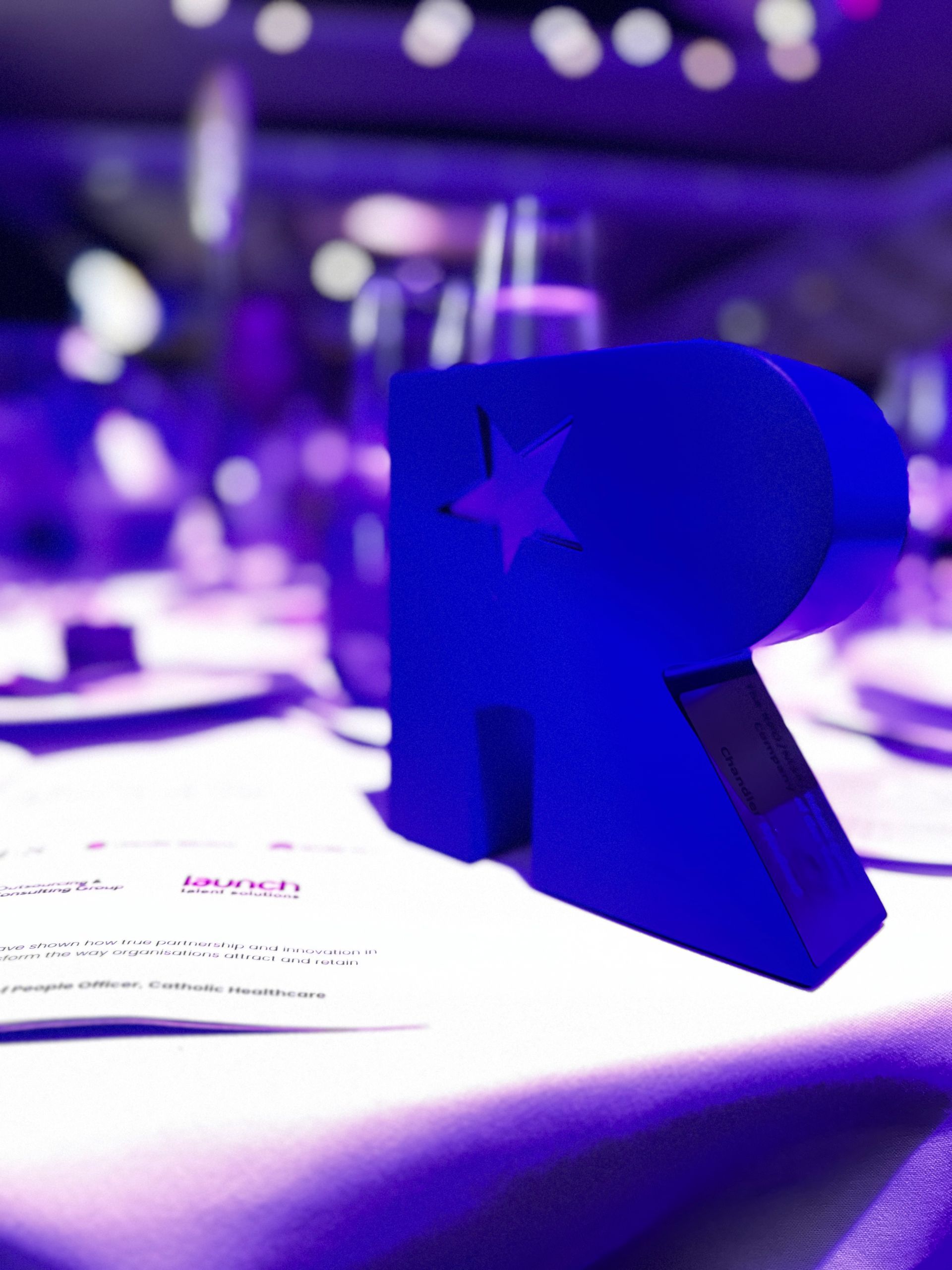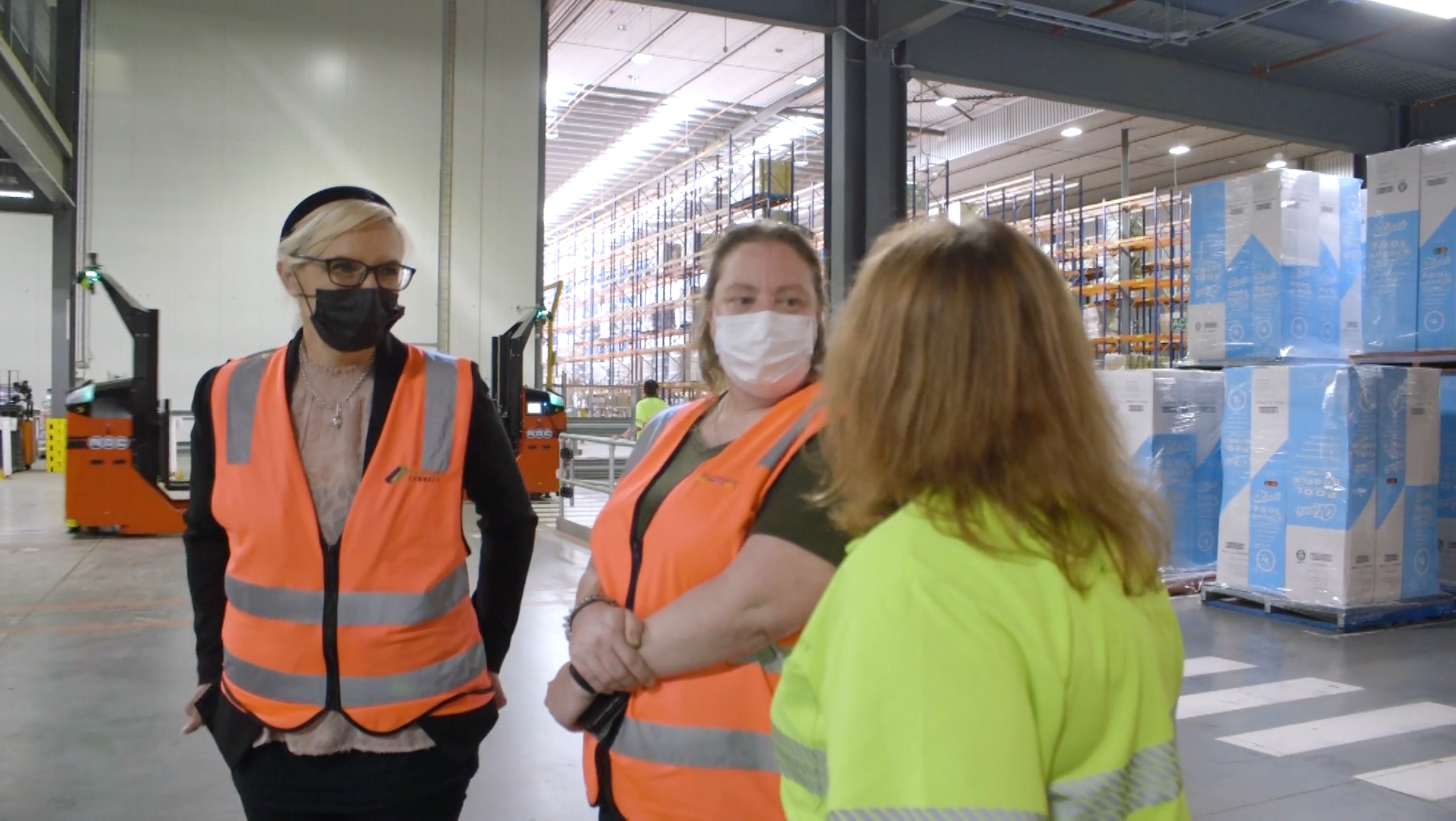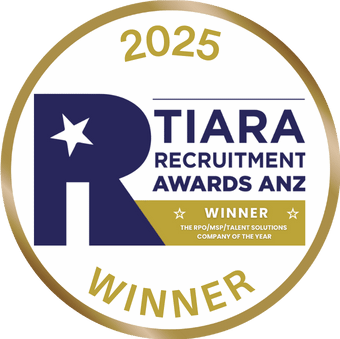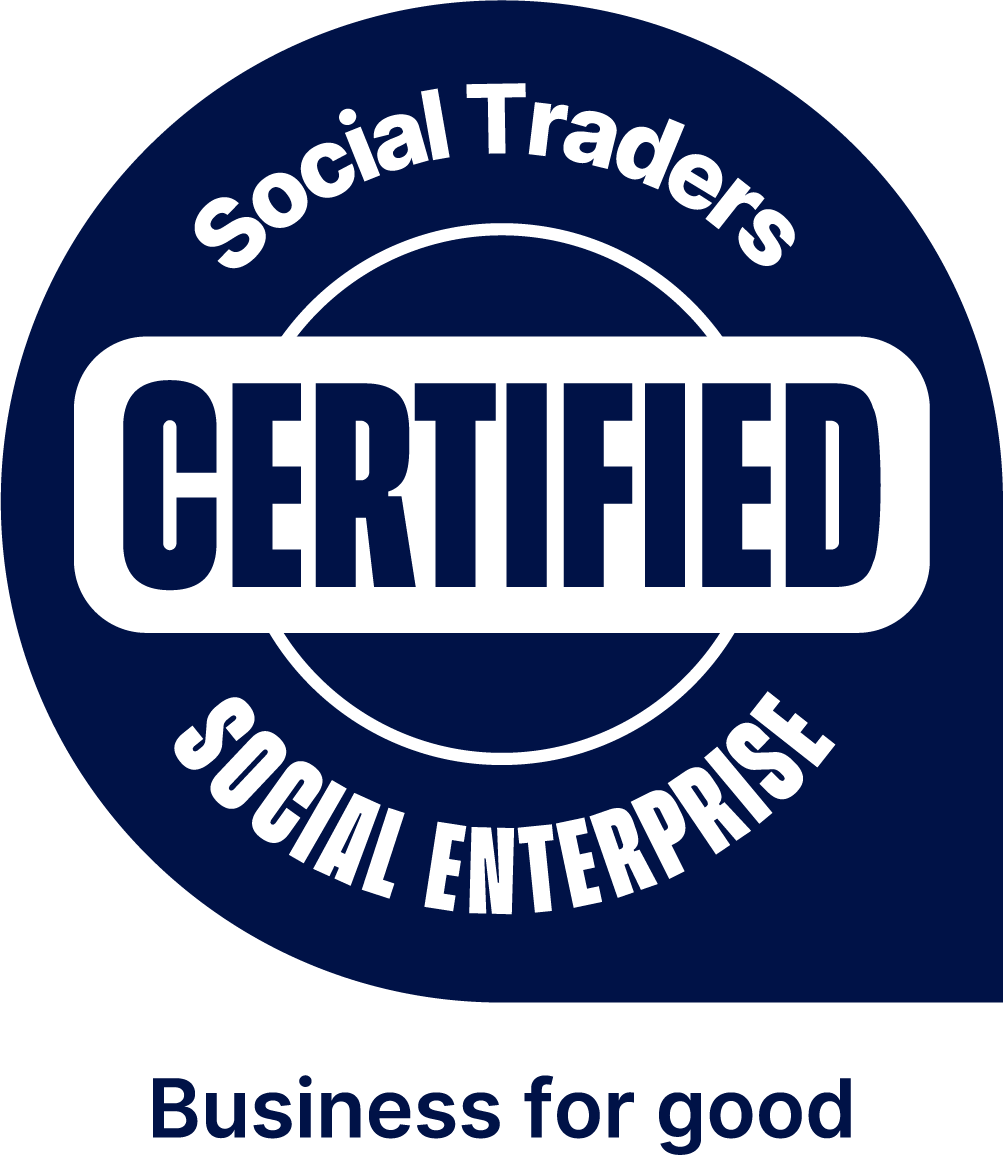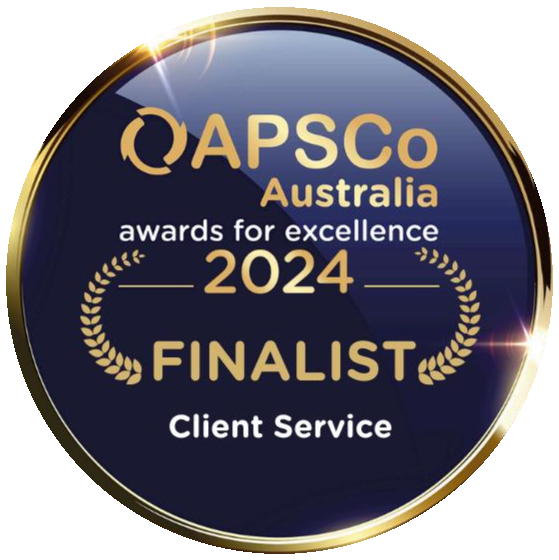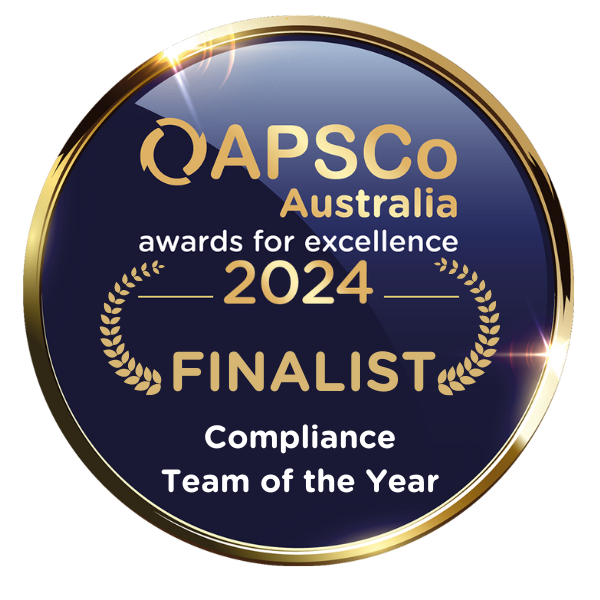Are you an employer looking for staff?
Who We Are
Building workforces that help people and organisations thrive.
For over 65 years, Chandler Macleod has helped clients and candidates navigate change, growth and opportunity.
We get people
Chandler Macleod is one of the region’s largest recruitment agencies, so we know quite a bit about what it takes to recruit, select, and retain the best people. This is who we are.
We’re in the business of understanding how people tick.
We’ve been digging deep into people’s needs and motivations since 1959. Matching candidates to jobs that bring out their best. Discovering people that can make businesses boom. We’re a team of flexible thinkers and detail obsessors who believe that the right fit can lead to a happier life. Because when you really get people, you really open up a world of opportunity.
We are Chandler Macleod. We get people.
Reconciliation Action Plan
Our RAP was developed internally with the support of a guiding hand from Reconciliation Australia. It will act as our compass as we consciously navigate creating change within our industry.
Chandler Macleod (part of RGF Staffing ANZ) believes that every person, team and organisation has potential, and we know we are in a unique position to help unleash it.
The RGF Staffing ANZ Innovate Reconciliation Action Plan is our first step to embedding organisational respect for Aboriginal and Torres Strait Islander Australians.

